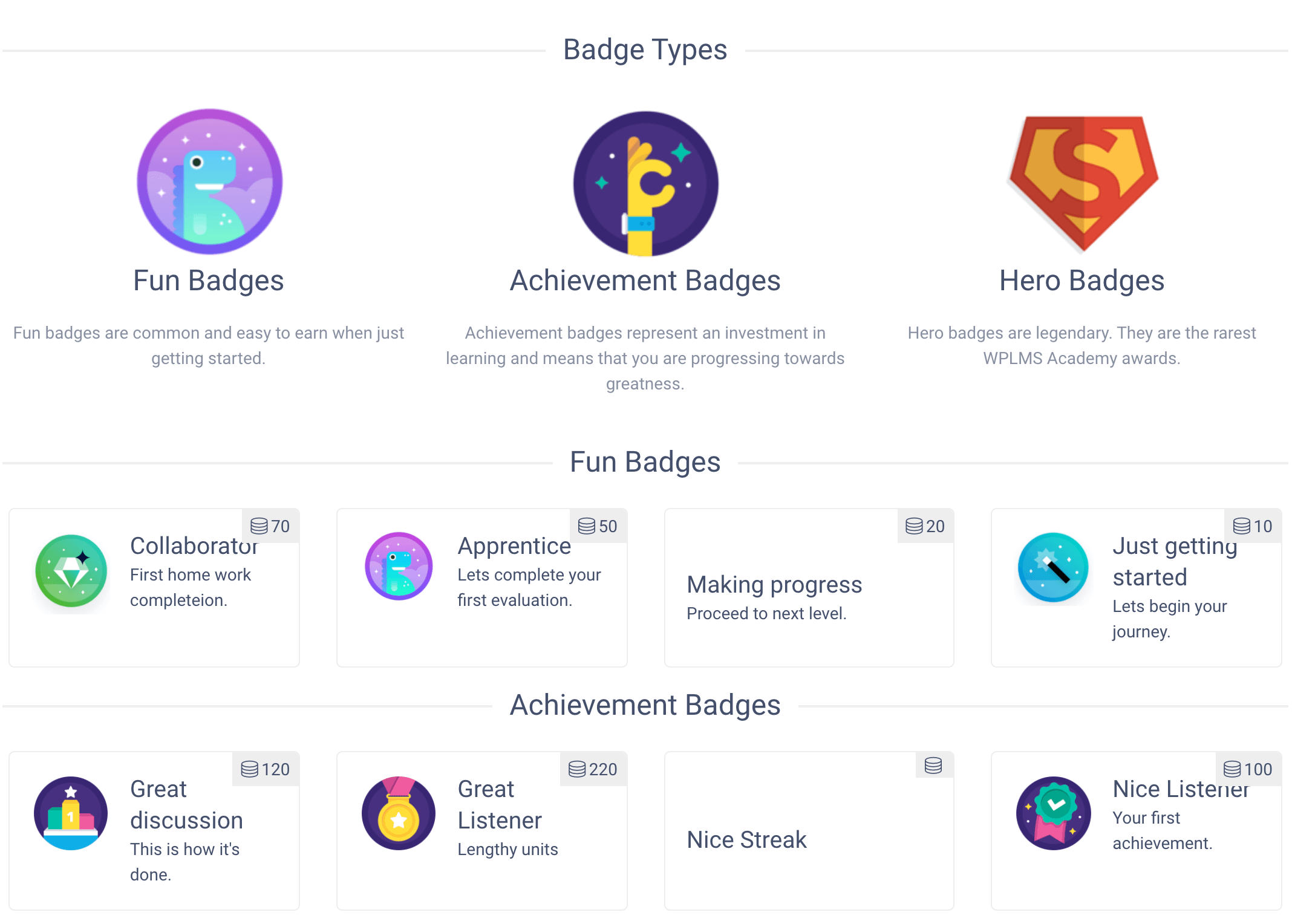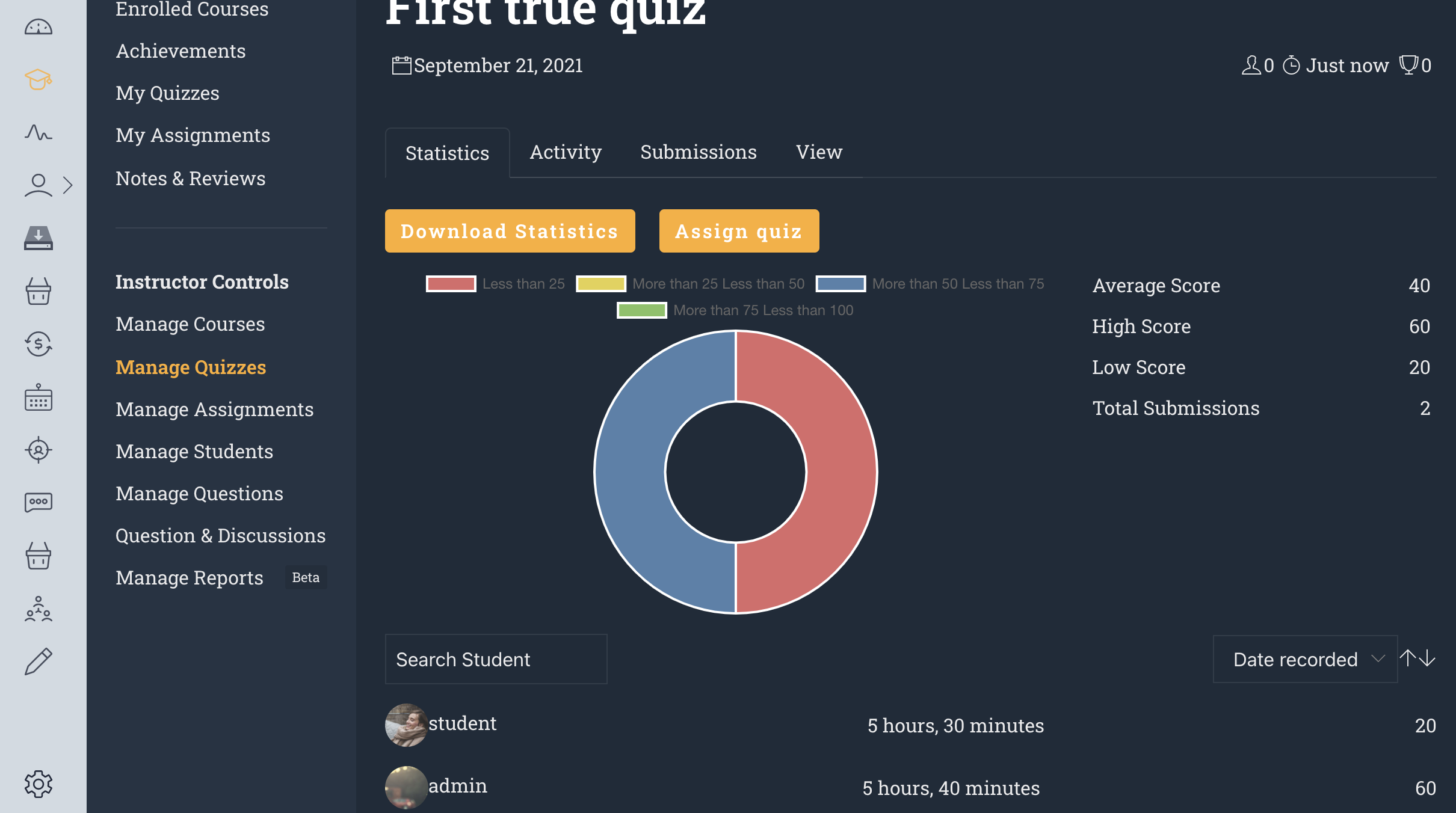
Are you a corporate trainer or course developer for the enterprise?
If yes, then this article is for you. Have you ever completed boring eLearning training into engaging training?
Do you know what game and its various mechanics can be used in your eLearning training to help improve employee learning?
In this article, we will discuss the 5 game mechanics that you can use in your eLearning for the training of modern employees.
Game Mechanics For Training Corporate Employees
Gamification and various game mechanics make your boring eLearning into engaging training. Many corporate trainers and course developers are considering games and various gamification mechanics to be an appropriate way to make learning more enjoyable for employees.
Gamification in online training means including gaming elements into your eLearning courses for developing and training excellent learning modules or training for the learners. It allows you to add excitement and fun to your training. A gamified training course will include scenario-based learning, Learning goals, badges, leaderboards, and rewards to engage and motivate the employees for better learning.

Badges
Badges or rewards for achievement signifies the importance of having specific skills or knowledge for the employees. Incorporating badges in your training courses easily attracts the attention of the employees to earn merit badges while completing the training. Today, many online and corporate trainers are using different badges to signify the level of training of the employees. These badges are usually collected by the learners as they complete their online training by acquiring the desired skills, understanding a concept, or finishing a game level.

Leaderboards
In corporate, leaderboards play an important role in the training of the employees. Ranking the employees by comparing their overall training success relative to specific criteria encourages other employees to perform more. It increases a sense of competition among the employees when they compete with their colleagues to attain a higher position. Leaderboards motivate the employees and increase their interest toward the training.
Rewards
Rewarding the employees with special badges, points, and certificates creates a level of excitement among the learners. You can use in-game rewards or badges to reward the employees whenever they complete a level or lesson while learning through your courses. Training employees while rewarding and collecting points enables employees to unlock the next level of the training. Thus, rewarding your employees throughout the training maintains the level of excitement and engagement among the employees to learn more and complete the training.
Scenario-Based Learning
Scenario-based learning is a solely proven game mechanic that adds more engagement and thrill to the learners while training. It binds your training into a story-based picture and makes the learners the main character of their training experience. This type of training helps you in connecting the corporate with one another while increasing the rate of engagement, interest, and completion of the training. Scenario-based learning easily depicts what happens to their character as a goal of training aside from trying to earn points and badges for their achievements.
Learning Goals
The learning goal is the core element of your online training. Learning goals can be easily bound with gamification elements such as level. Whenever a learner completes a particular level then they can easily find the learning goal of the training. Once you’ve carefully formulated the learning goal of your eLearning course then you can easily define the best possible eLearning environment for the employees.
Conclusion
Many corporate trainers and professionals spend a great deal of time focusing on the visual elements and interactive components for training corporate employees. Implementing a touch of gamification and various game mechanics can enhance the effectiveness and engagement rate of the employees.
